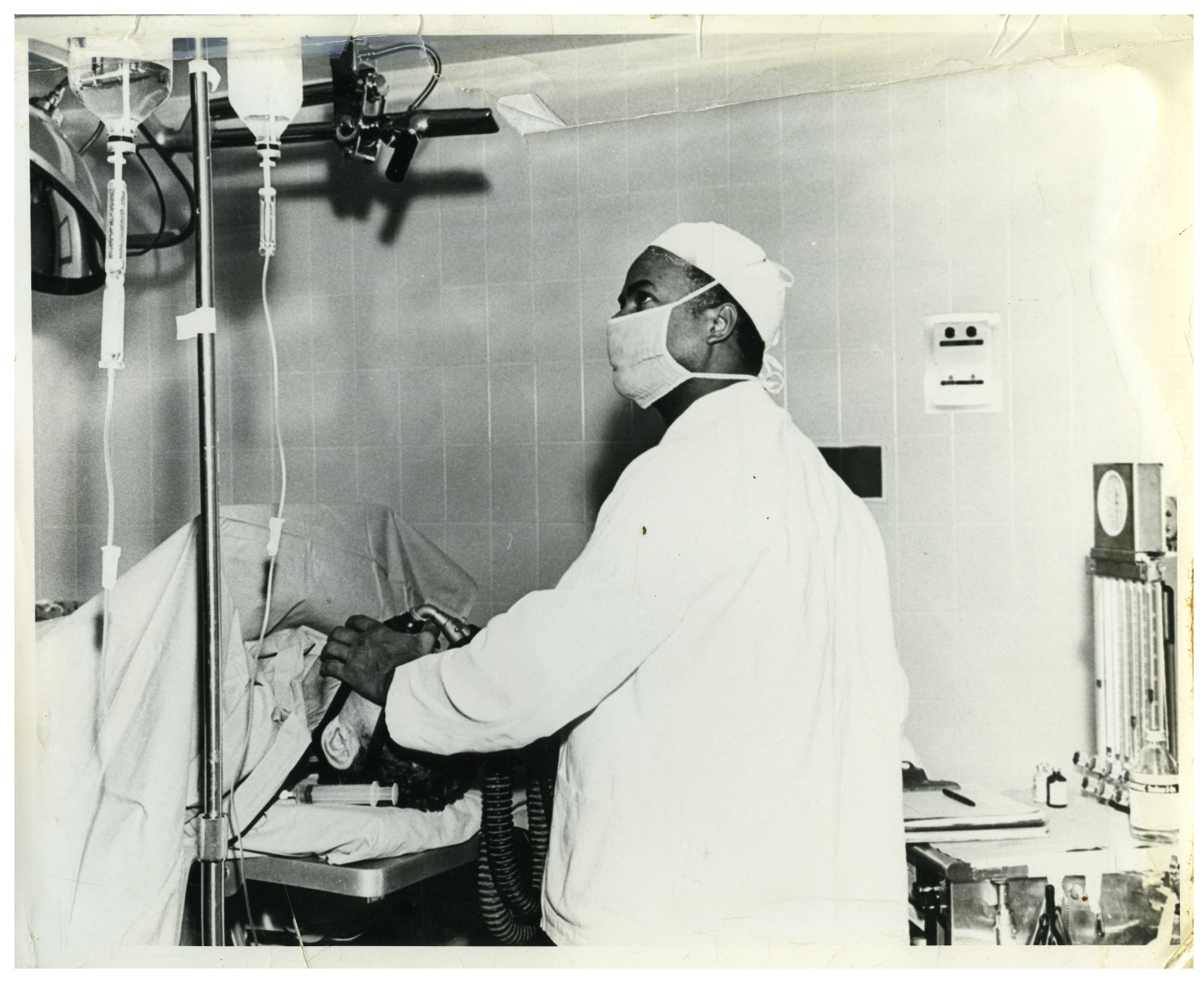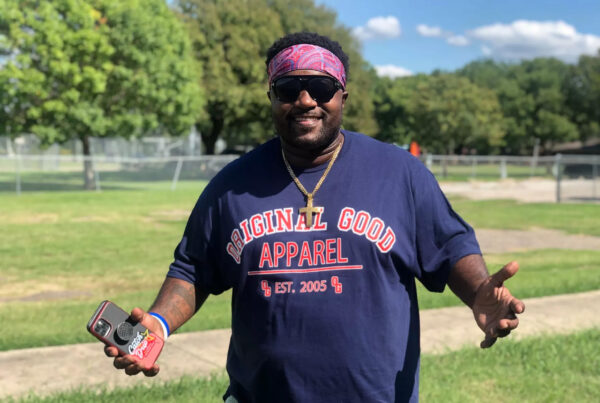Five years before Brown v. Board of Education desegregated public schools in the south, the first Black student was accepted into a Texas medical school. Herman Barnett applied to the University of Texas Medical Branch in Galveston in 1949, in direct challenge to the state’s segregation laws at the time.
Barnett attended UTMB on the condition that he’d later transfer to a separate medical school for Black students that the university planned to build. But that school was never built, and Barnett ended up making history.
For more on Barnett’s legacy, the Standard spoke to Vanessa Northington Gamble, a physician and researcher at George Washington University.
This transcript has been lightly edited for clarity:
Texas Standard: What got you interested in the story of Herman Barnett?
Vanessa Northington Gamble: I got interested in Dr. Barnett’s story because I am interested in looking at the desegregation of medical education. We know a lot about the desegregation of public schools, but we do not know much about the desegregation of medical education. As you pointed out, the desegregation of medical education happened before the better known Brown vs. the Board of Education of Topeka.
Tell us about Dr. Barnett’s own background. What have you learned about his life before attending UTMB?
Dr. Barnett was a Tuskegee airman and he had gone into the service during World War II and came back to Texas. He had wanted to be a medical student since he was a young man and studied to become one.
In fact, he had already been accepted into medical school before UTMB. He was accepted to Howard College of Medicine and Meharry. Why did he decide to challenge Texas’ segregation laws and attend UTMB?
He wanted to go to Texas because he was a Texas citizen, and he thought it was his right as a citizen of Texas to go to UTMB.
He was originally told that he could attend UTMB if he would later transfer to a separate Black medical school that the university planned to build, but that structure never happened. Could you tell us what happened instead?
What happened instead was that he was accepted at UTMB as a contractual student. That means he was admitted to UTMB but was told that he would eventually have to go to the Black medical school.
That school was never actually built because it was expensive to build a medical school. Medical education was prohibitively expensive. The Veterans Administration said that they would not pay for other Black veterans to go to the medical school because it was not accredited as a medical school. Because of case law, that changed.
Tell us about what happened as time went on. Was he considering transferring? What was his trajectory like as a student, as it became clear that this other separate school was not happening?
Surprisingly, he did very well. He wrote a letter to the civil rights activist and later Supreme Court Justice Thurgood Marshall that said, “I’m doing well here. Everything is fine.” When he graduated in 1953, there was thunderous applause. So, he was accepted by his fellow students, even though he had gotten into the school under the umbrella of protest.
At the time, do you think that Texans understood the historic nature of his graduation from UTMB? I’m struck by the fact that I had not heard this story until I read your article in Stat News. This success story isn’t one that is talked about very much in Texas.
I’m not sure whether Texans knew about it, but I know that African-Americans nationwide knew about it because it was covered in the Black newspapers all over the United States, because Dr. Barnett was only the second African-American to desegregate a medical school. The first had only happened a year before his admission. It was historic in the Black community.
What is Dr. Barnett’s legacy, if you’re talking about UTMB and the larger fight to desegregate medical schools in the U.S.?
I think that Dr. Barnett’s legacy points to the importance of standing up for one’s rights. He was a Texan. He did not want to go to medical school outside of Texas, and he was someone who stood up for his rights. I think it’s important for people to understand that the desegregation of medical education occurred because of the efforts of people such as Dr. Herman Barnett.
What ended up happening to Dr. Barnett after graduation?
He did a residency in surgery at UTMB. He continued to be a pioneer, being the first Black intern and resident. He later did another residency in anesthesiology. Unfortunately, Dr. Barnett died in 1973 in an airplane crash. He was flying the plane at an airshow, and upon takeoff, it crashed. He was only 47 years old. And I think one of the reasons why we do not know much about Dr. Barnett is that he died so young.















